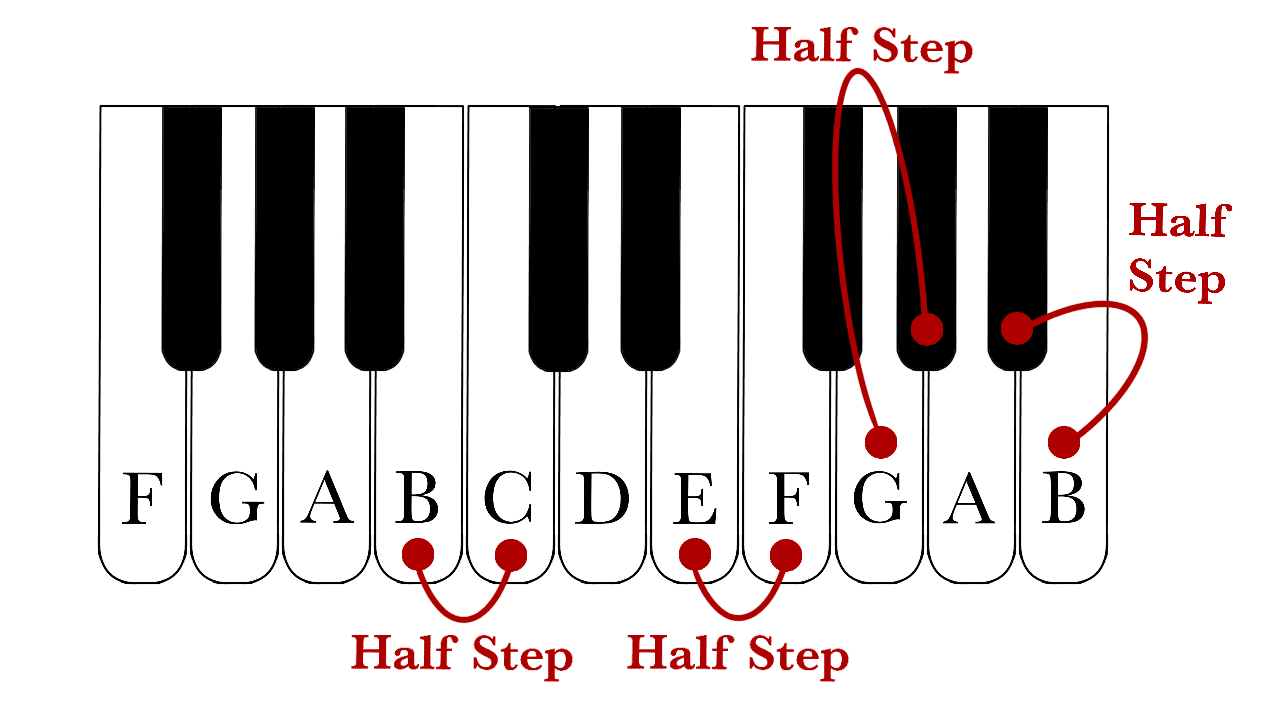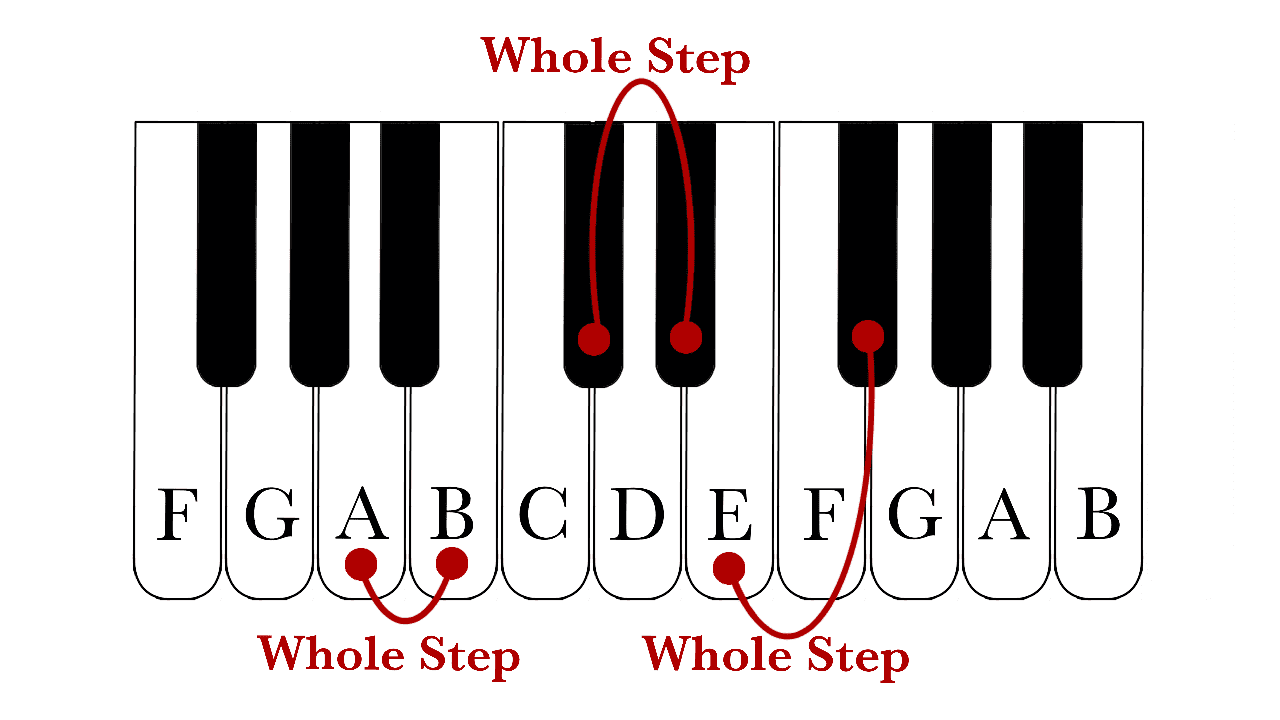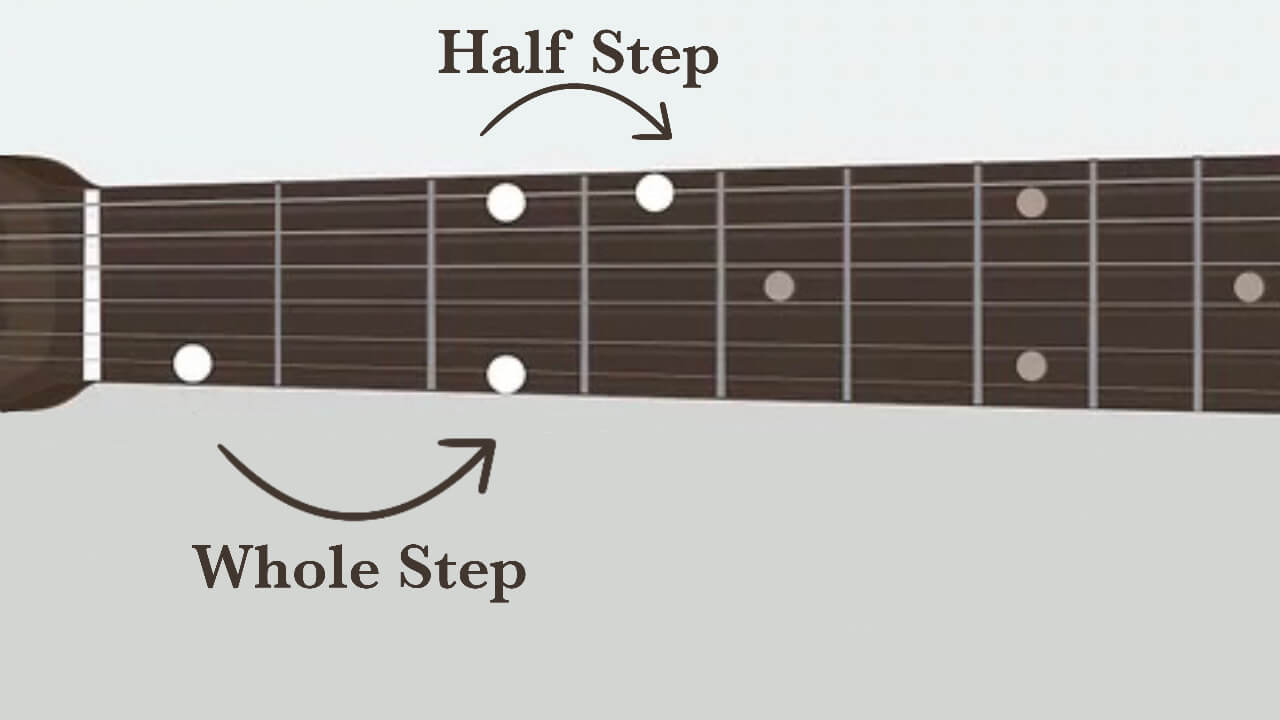
Whole Step vs Half Step in Music - Explained
The concept of "whole steps" and "half steps" form the foundation of scales and chords in music theory. They are crucial to understanding the structure of music and its melodic and harmonic progressions. In this post, we'll discuss what the "whole steps" and "half steps" are and their connection to scales.
What is a Half Step in Music
A "half step", also known as a "semitone" or "minor second", is the smallest musical interval commonly used in Western tonal music. It is defined as the interval between a note and the note immediately next to it.
On a piano, a half step is the distance between one key to an immediately adjacent key - this could be from a white key to a black key (like moving from C to C#), a black key to a white key (like moving from D# to E), or even from a white key to another white key (like moving from E to F), given that there is no black key between them.

What is a Whole Step in Music
A "whole step", also known as a "whole tone" or "major second", is basically two half steps.
On a piano, it is the distance from one note to another, skipping one key in between. For instance, if you start at C, a whole step would land you on the D, skipping the C# that is in between, which makes this a "whole step". Or if you start at F#, a whole step would land you on G#, skipping the G in between. So the concept of steps is not about black or white keys, it's just about the distance between notes, whether black or white.

Whole and Half Steps on Guitar
On the guitar, a "half step" is the distance from one fret to the very next fret. So, if you're playing a note on the 3rd fret and you move to the 4th fret, you've moved a "half step".
A "whole step", on the other hand, is the distance equal to two half steps, or two frets on the guitar. So, if you move from the 3rd fret to the 5th fret, you've moved a "whole step".

Connection with Scales
Scales are built using sequences of whole and half steps. For example, the major scales follow a pattern of: Whole, Whole, Half, Whole, Whole, Whole, Half. This creates the unique sound character of the scale.
On the other hand, the natural minor scales follow the pattern: Whole, Half, Whole, Whole, Half, Whole, Whole.
Understanding the whole and half steps helps you construct any major or minor scale on any instrument, and is vital for composing melodies and understanding song structures.
This video by Soundfly explains the connection perfectly.